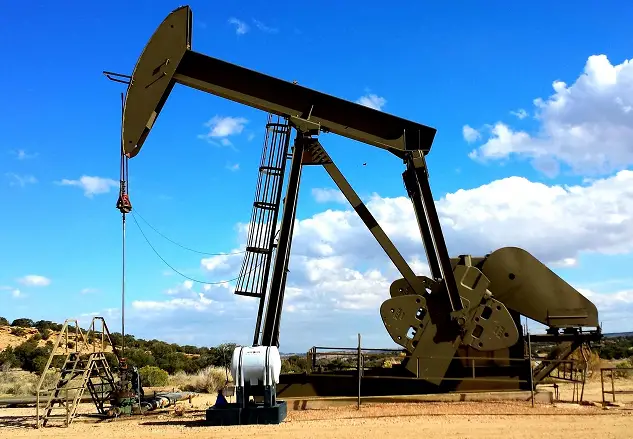Over the weekend, Iranian news agency IRNA reported that Iran has increased its oil production by roughly 1 million barrels per day (bpd) since August of 2021, with total production now at 3.1 million bpd, marking the highest production reached in nearly five years, and the highest seen since President Ebrahim Raisi assumed the Presidency in 2021.
According to Hossein Hosseinzadeh, a member of the Iranian parliament’s energy committee, the nearly 80% growth in oil revenues of the Islamic Republic has helped to offset a sizable deficit in the nation’s fiscal budget. He noted the surge in production output and exports were due to the government’s reaching out to regional and Latin American nations.
Iran has not produced comparable amounts of oil since October of 2018, when the United States exited an agreement on the nation’s nuclear program and reimposed sanctions on the nation, according to data by Argus.
As the nation has seen production surge, it has been supported by increased exports to China, Venezuela, and Syria. Averaging 1.35 million bpd, Iran’s crude and condensate exports for the second quarter of this year were up 300,000 bpd over the previous quarter and up 350,000 over the average for 2022, according to data from Vortexa.
Over the second quarter, crude quarterly exports rose to the highest levels since the latest US sanctions took effect at the end of 2018. Iran is reportedly seeking to increase production of oil to 5.7 million bpd in the coming years.

